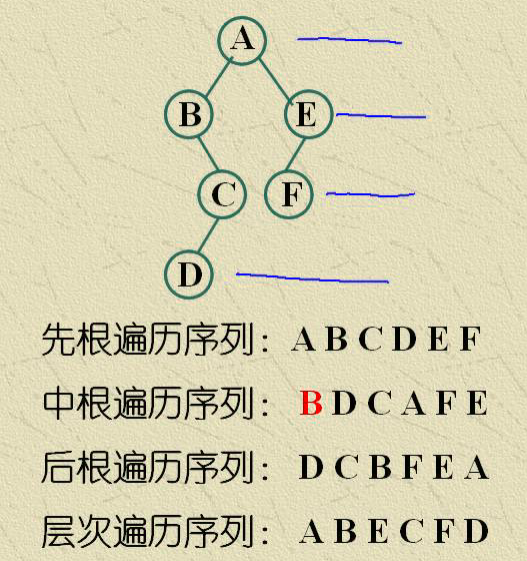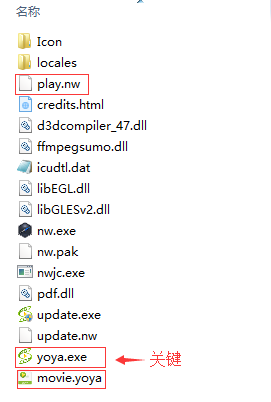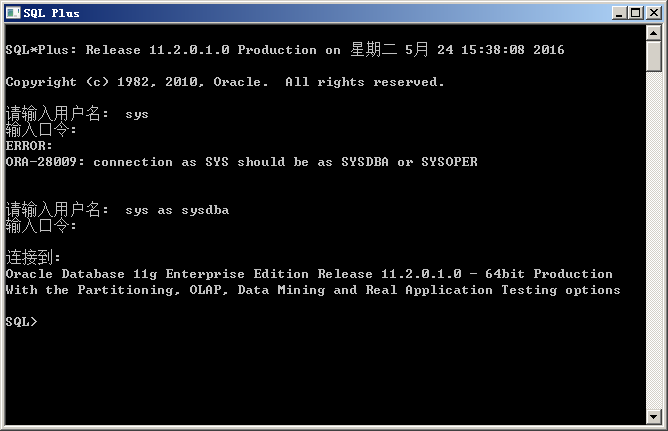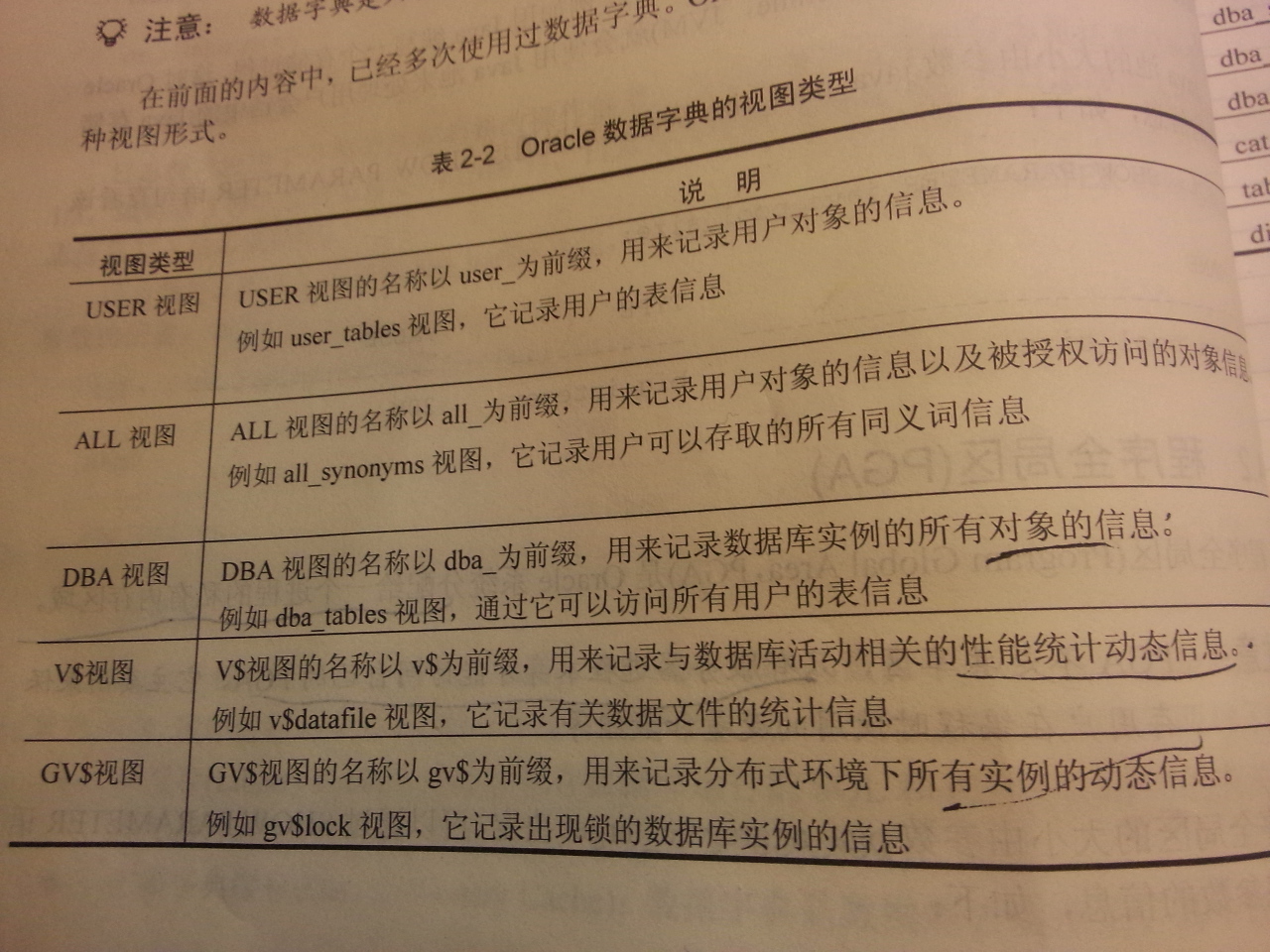java并发包:future模式
本文转载至:http://blog.csdn.net/a910626/article/details/51900972
future模式是多线程开发中非常常见的一种设计模式,它的核心思想是异步调用。当我们需要调用一个函数方法时,如果这个函数执行很慢,那么我们就要进行等待。但有时候我们可能并不着急着要结果。因此,我们可以让被调用者立即返回,让他在后台慢慢处理这个请求。对于调用者来说,则可以先处理一些其他任务,在真正需要数据的场合再去尝试获得需要的数据。
Future模式有点类似于商品订单。在网上购物时,提交订单后,在收货的这段时间里无需一直在家里等候,可以先干别的事情。类推到程序设计中时,当提交请求时,期望得到答复时,如果这个答复可能很慢。传统的时一直等待到这个答复收到时再去做别的事情,但如果利用Future设计模式就无需等待答复的到来,在等待答复的过程中可以干其他事情。
对于future模式来说,虽然它无法立即给你需要的数据。但是,它会返回给你一个契约,将来,你可以凭借这个契约去重新获取你需要的信息。
Future模式java实现

(1) Data.Java
public interface Data {public String getResult();}123123
(2) RealData.java
public class RealData implements Data {protected final String result;public RealData(String para) {//RealData的构造可能很慢,需要用户等待很久StringBuffer sb=new StringBuffer();for (int i = 0; i < 10; i++) {sb.append(para);try {Thread.sleep(100);} catch (InterruptedException e) {}}result=sb.toString();}public String getResult() {return result;}}123456789101112131415161718123456789101112131415161718
(3) FutureData.java
public class FutureData implements Data {protected RealData realdata = null;protected boolean isReady = false;public synchronized void setRealData(RealData realdata) {if (isReady) {return;}this.realdata = realdata;isReady = true;notifyAll();}public synchronized String getResult() {while (!isReady) {try {wait();} catch (InterruptedException e) {}}return realdata.result;}}123456789101112131415161718192021123456789101112131415161718192021
(4) Client.java
public class Client {public Data request(final String queryStr) {final FutureData future = new FutureData();// RealData的构建很慢new Thread() {public void run() {RealData realdata = new RealData(queryStr);future.setRealData(realdata);}}.start();return future;}}1234567891011121312345678910111213
(5) Main.java
public class Main {public static void main(String[] args) {Client client = new Client();Data data = client.request("a");System.out.println("请求完毕");try {//这里可以用一个sleep代替了对其它业务逻辑的处理Thread.sleep(2000);} catch (InterruptedException e) {}//使用真实的数据System.out.println("数据 = " + data.getResult());}}123456789101112131415123456789101112131415
输出结果:
请求完毕
数据 = aaaaaaaaaa
future jdk实现

(1) RealData.java
import java.util.concurrent.Callable;public class RealData implements Callable<String> {private String para;public RealData(String para){this.para=para;}@Overridepublic String call() throws Exception {StringBuffer sb=new StringBuffer();for (int i = 0; i < 10; i++) {sb.append(para);try {Thread.sleep(100);} catch (InterruptedException e) {}}return sb.toString();}}1234567891011121314151617181920212212345678910111213141516171819202122
(2) Main.java
import java.util.concurrent.ExecutionException;import java.util.concurrent.ExecutorService;import java.util.concurrent.Executors;import java.util.concurrent.FutureTask;public class Main {public static void main(String[] args) throws InterruptedException, ExecutionException {//构造FutureTaskFutureTask<String> future = new FutureTask<String>(new RealData("a"));ExecutorService executor = Executors.newFixedThreadPool(1);//执行FutureTask,相当于上例中的 client.request("a") 发送请求//在这里开启线程进行RealData的call()执行executor.submit(future);System.out.println("请求完毕");try {//这里依然可以做额外的数据操作,这里使用sleep代替其他业务逻辑的处理Thread.sleep(2000);} catch (InterruptedException e) {}//相当于上例中得data.getContent(),取得call()方法的返回值//如果此时call()方法没有执行完成,则依然会等待System.out.println("数据 = " + future.get());}}123456789101112131415161718192021222324123456789101112131415161718192021222324
输出结果:
请求完毕
数据 = aaaaaaaaaa



































还没有评论,来说两句吧...